Leak testing is a critical procedure used by inspectors to determine whether an object or system is operating within specified leak limits. This method helps identify any defects that could lead to the escape of liquids or gases, ensuring the integrity and safety of the components being tested. Leaks occur when there's a flaw—such as a crack, hole, or weak seal—in a container or system, allowing its contents to escape. Leak testing uses pressure to detect these flaws, making it an essential part of regular maintenance and quality control procedures. By identifying and addressing leaks early, companies can prevent failures, reduce waste, and improve overall product reliability. Leak testing is commonly applied to objects and systems designed to hold or transport liquids or gases. It plays a vital role in industries where even the smallest leak can have serious consequences, such as in medical devices, automotive parts, or food packaging. As a non-destructive testing (NDT) method, leak testing allows inspectors to evaluate the condition of an object without causing damage. This makes it ideal for routine checks and long-term monitoring of equipment. Non-destructive methods are widely preferred because they preserve the integrity of the tested item while still providing valuable insights into its performance. [Non-destructive leak testing is just one of many NDT techniques. Discover more about NDT in this detailed guide.] Leak testing involves using pressure to detect defects that may be causing leaks in an object. The principle behind this method is simple: when a substance leaks out of a container, it moves from an area of high pressure to low pressure. Leak testing exploits this natural flow by applying controlled pressure to the system and monitoring the movement of the substance to locate the leak. This technique is most effective when testing closed systems, where the presence of a leak would significantly affect internal pressure. The success of a leak test depends on the material and design of the object being tested. Different materials respond differently to pressure, which can influence the accuracy and effectiveness of the test. During a leak test, inspectors look for various types of defects, including: Leak testing is widely used across multiple industries, such as: Recent technological advancements have significantly improved the accuracy and efficiency of leak testing. Innovations in sensors, valves, and data processing have made it possible to detect even the smallest leaks with greater precision. These improvements have not only increased the speed of testing but also enhanced the ability of engineers to monitor and maintain systems in real time. The integration of the Internet of Things (IoT) has revolutionized how leak testing data is collected and shared. With remote access capabilities, inspectors can now monitor systems from anywhere, ensuring timely responses to potential issues. This connectivity also enables better collaboration between teams, leading to faster decision-making and more efficient maintenance strategies. There are several common methods used in leak testing, each suited for different applications: Most leak tests operate at low pressures, typically at least 15 psi or 25% of the design pressure, whichever is lower. This ensures safety while still being effective in detecting leaks. While leak testing is a powerful tool, it comes with unique challenges. Inspectors must take several factors into account to ensure accurate results and avoid unnecessary damage to the tested object. Knowing the acceptable leak rate is crucial. Not all leaks require immediate action—some may be monitored or ignored if they fall within safe limits. Industry standards often define these thresholds, helping inspectors make informed decisions. Understanding the original purpose of a system or component is important. Some items are designed to be completely sealed, while others are meant to allow controlled flow. This distinction affects how leak testing is performed and interpreted. The material properties of the object being tested play a significant role. Brittle or highly flexible materials may react unpredictably under pressure, so testing procedures should be adjusted accordingly. The type of substance being held by the object also influences the testing process. Gases and liquids behave differently under pressure, and their molecular size determines what kind of defect can cause a leak. Choosing the right pressure range is essential to avoid false readings or damage. A variety of tools are used in leak testing, depending on the method and application. Here are some of the most common devices: Air leak testing devices provide real-time data to inspectors, supporting a wide range of testing methods. They are especially useful for vacuum decay, pressure decay, and other pressure-based tests. This compact device reduces connection volume, improving test sensitivity and reducing testing time. It’s ideal for use in tight spaces or during production line inspections. Larger models like the Zaxis 7i offer enhanced features such as larger screens, higher capacity, and faster testing speeds, making them suitable for complex or large-scale operations. Photo credit: Zaxis Leak standards help calibrate testing equipment and ensure consistency in measurements. They are used to simulate leaks or compare different testing systems for accuracy. Leak testing is governed by a number of international and industry-specific standards. These codes help ensure that testing is conducted consistently and effectively across different sectors. High temperature, oil, air and water resistant, Letone constant pressure compressed air rubber hose are widely used in the mining and quarrying industries.The compressed air rubber hose is a high-quality product that is designed to provide reliable and efficient performance in a wide range of industrial applications. It is constructed using premium materials that are resistant to abrasion and corrosion, ensuring long-lasting durability. Compressed Air Rubber Hose,Durable Air Hose,Air Compressor Hose,Chemical Fiber Reinforced Hose Luohe Letone Hydraulic Technology Co., Ltd , https://www.litonghose.comLeak Testing: A Comprehensive Guide
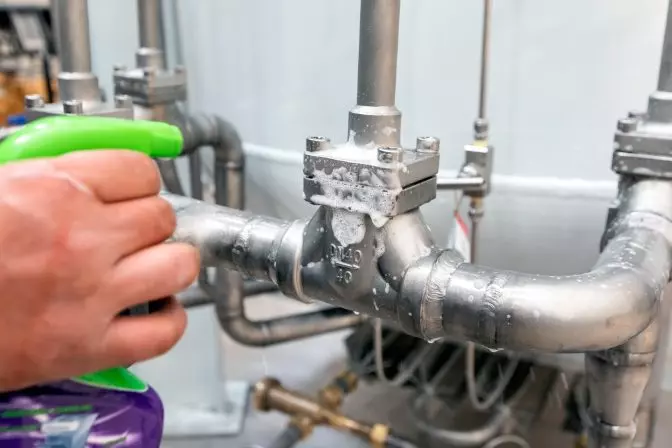
What Is Leak Testing?

Advances in Leak Testing
Leak Testing Methods
Key Considerations for Leak Testing
Acceptable Leak Rate
Manufacturing Considerations
Material Considerations
Medium Considerations
Leak Testing Equipment
Air LeakAGE Inspection Devices
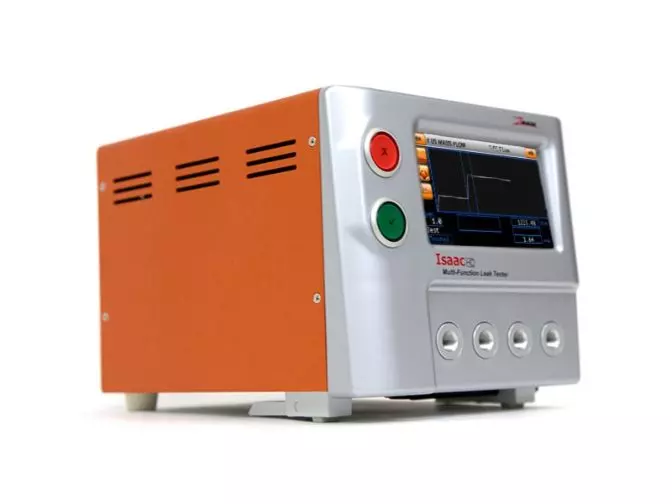 Photo credit: Zaxis
Photo credit: ZaxisCompact Pressure Decay Leak Tester
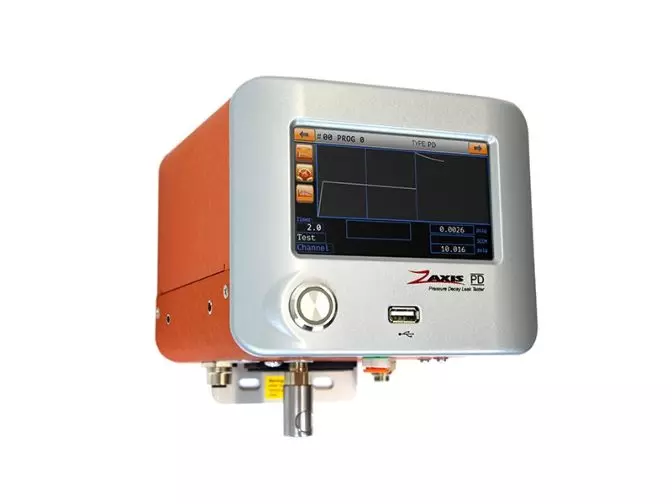 Photo credit: Zaxis
Photo credit: ZaxisLarge Display Leak Tester
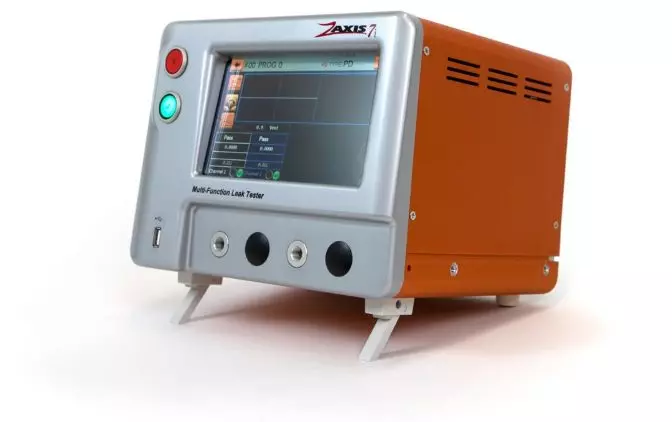 Photo credit: Zaxis
Photo credit: ZaxisLeak Standard
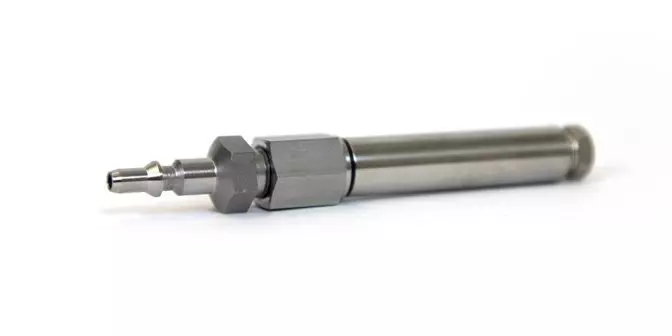
Leak Testing Standards and Codes
ASME (American Society of Mechanical Engineers)
ASTM (American Society for Testing and Materials)
ISO (International Organization for Standardization)